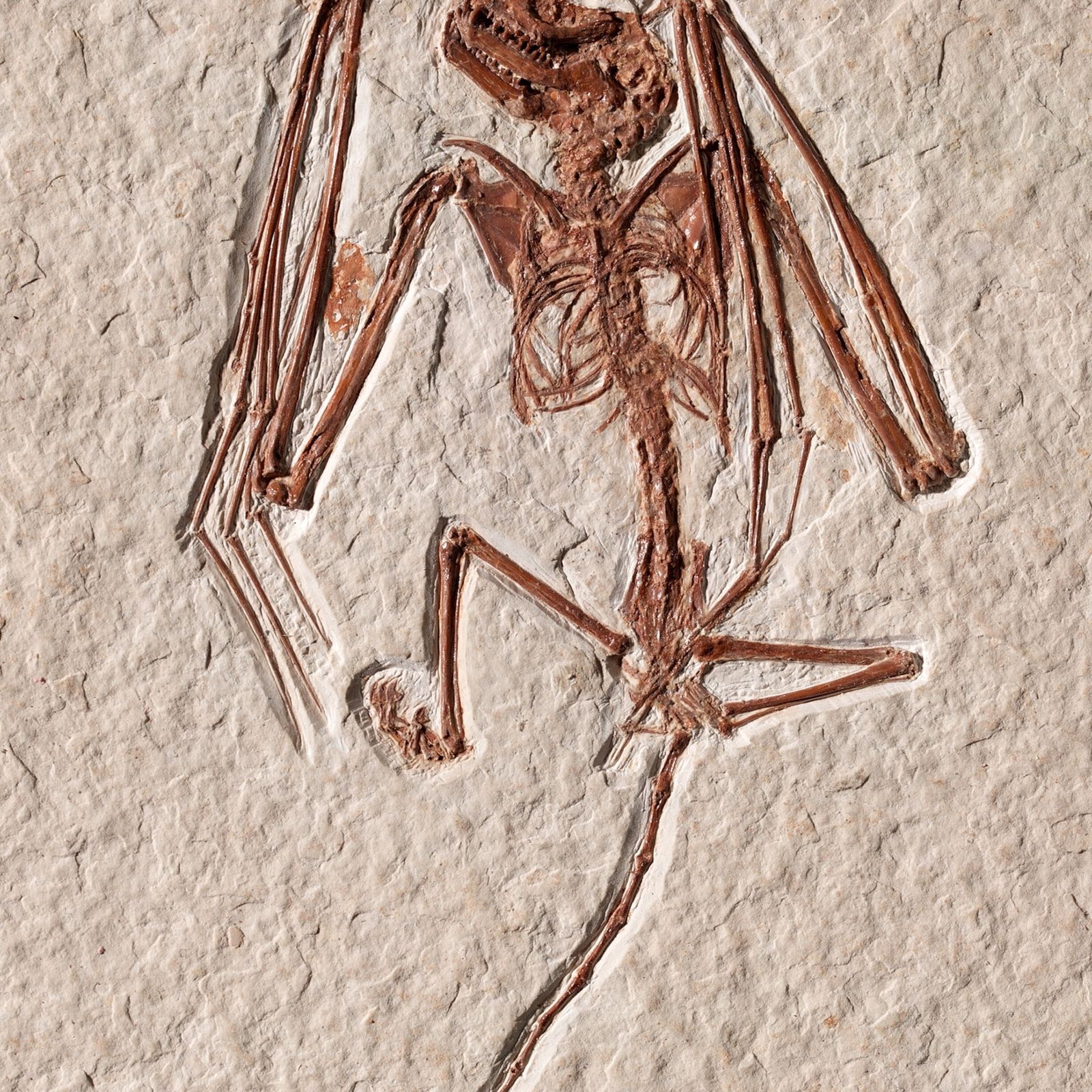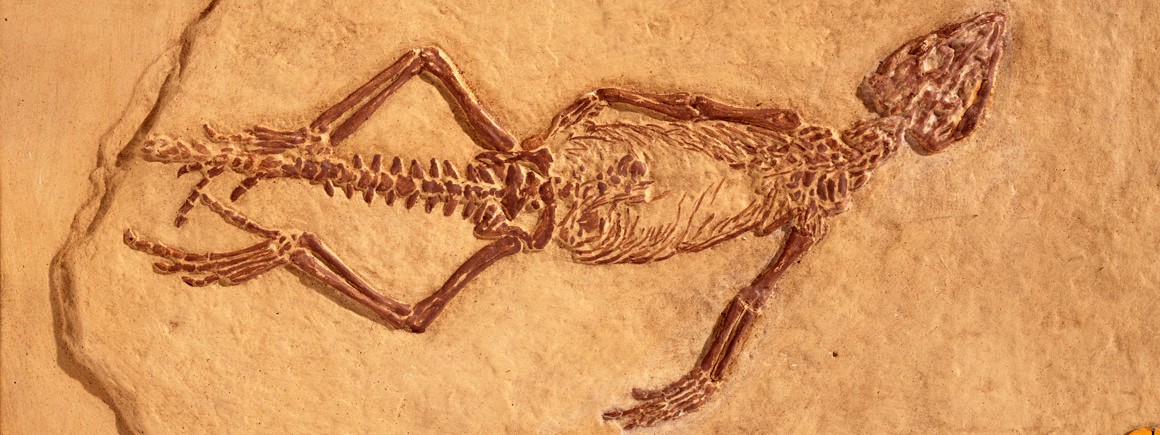“As it turns out the woolly mammoth and Asian elephant are 99.6% gnomically similar,” said James.
That is still further apart genetically than humans and the other two chimp species, so it is still a massive gap to bridge.
Asian elephants are also endangered, wouldn't it be better to ensure their survival than to spend money on this boondoggle?


